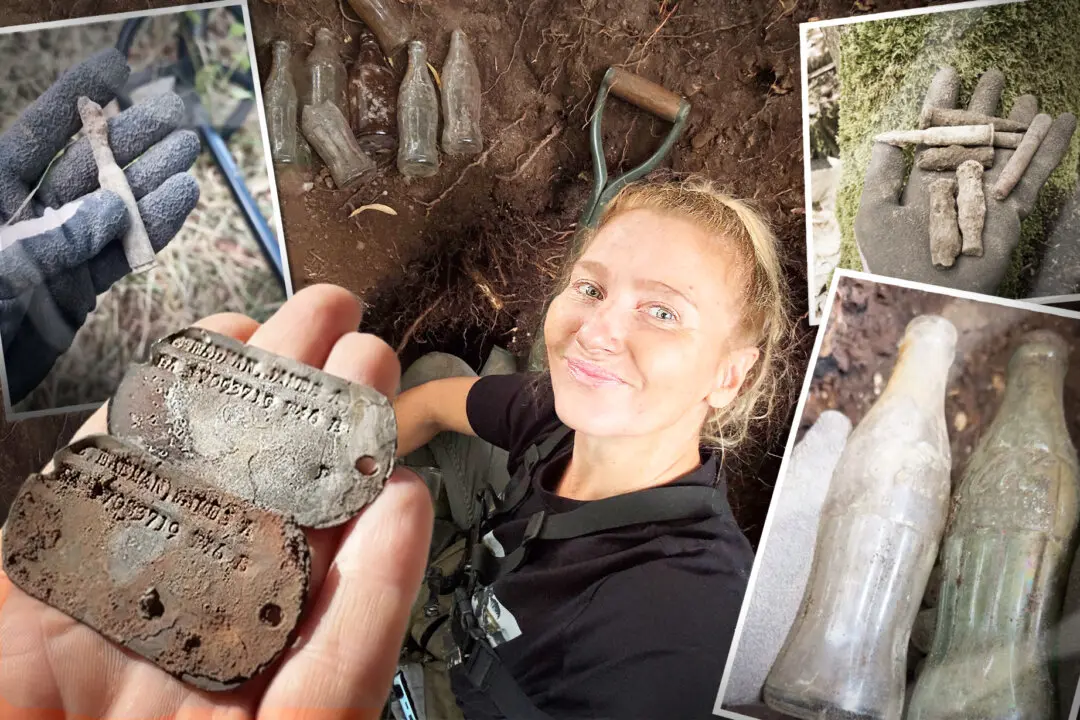If a crowded white sand beach in the Caribbean is starting to sound like the same old cliché vacation destination, then a crowded black sand beach in Iceland must be just the opposite.
For one, the sand is black; that’s definitely the opposite of white sand. And it’s cold! (Being in Iceland, what did you expect?) But undoubtedly, if there’s one thing Reynisfjara Beach is not, it’s cliché.






